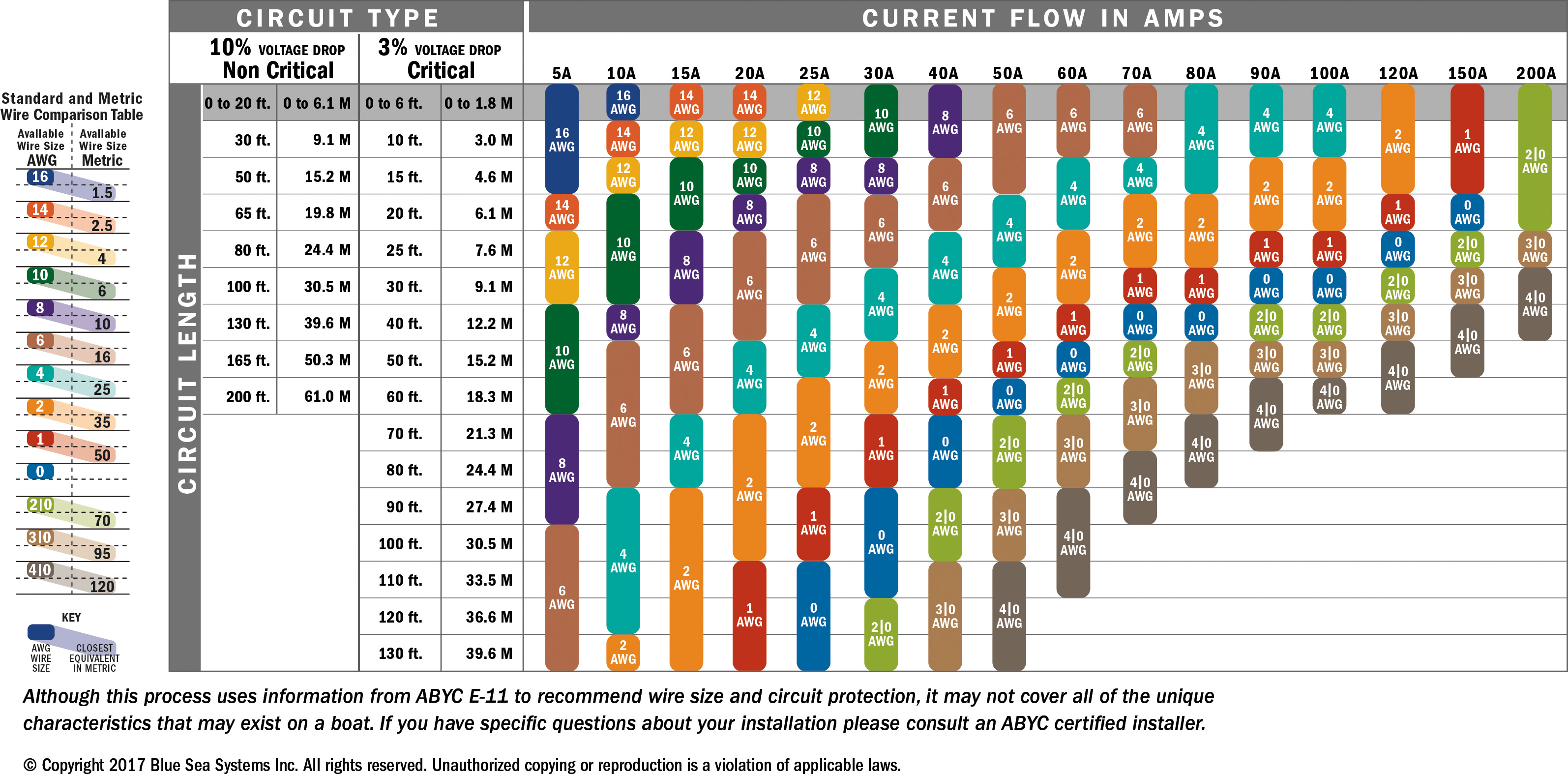Thanks ... that seems to have helped. I am still getting the warning because the LBCO is set to 23.6v now but the inverter is reporting the voltage drops below that 23.6v under load for what the inverter thinks is 10 seconds ... but I do not see a drop anywhere near that ... more like from 25v down to 24.2v when watching the volt meter on the inverter ... But I am not shutting off because of this 2 min delay setting.
I am going to put a DVM on the battery posts and engage the well pump so I can watch the surge and see if it does indeed drop as low as the inverter is reporting in it's warning.
Just got a nice glass with glass float Hydrometer, so I am headed home to test my SG of all cells and record them. I have been charging the batteries all morning (not with the solar charger) according to the recommended Trojan specs for Bulk, Absorb with a 180 min time cutoff and Float.The batteries have been being used for 8 days and were produced at Trojan in Oct 2017 according to the date code... so I will consider this first SG reading the New Battery reading for all cells fully charged (that is if the SG numbers indicate full charge). Then I am going to do an Equalization charge as Trojan says I should have done before putting them into service for the first time, and test again and record those numbers as well. I will keep all these records for baselines in the future.
I am going to put a DVM on the battery posts and engage the well pump so I can watch the surge and see if it does indeed drop as low as the inverter is reporting in it's warning.
Just got a nice glass with glass float Hydrometer, so I am headed home to test my SG of all cells and record them. I have been charging the batteries all morning (not with the solar charger) according to the recommended Trojan specs for Bulk, Absorb with a 180 min time cutoff and Float.The batteries have been being used for 8 days and were produced at Trojan in Oct 2017 according to the date code... so I will consider this first SG reading the New Battery reading for all cells fully charged (that is if the SG numbers indicate full charge). Then I am going to do an Equalization charge as Trojan says I should have done before putting them into service for the first time, and test again and record those numbers as well. I will keep all these records for baselines in the future.

Comment